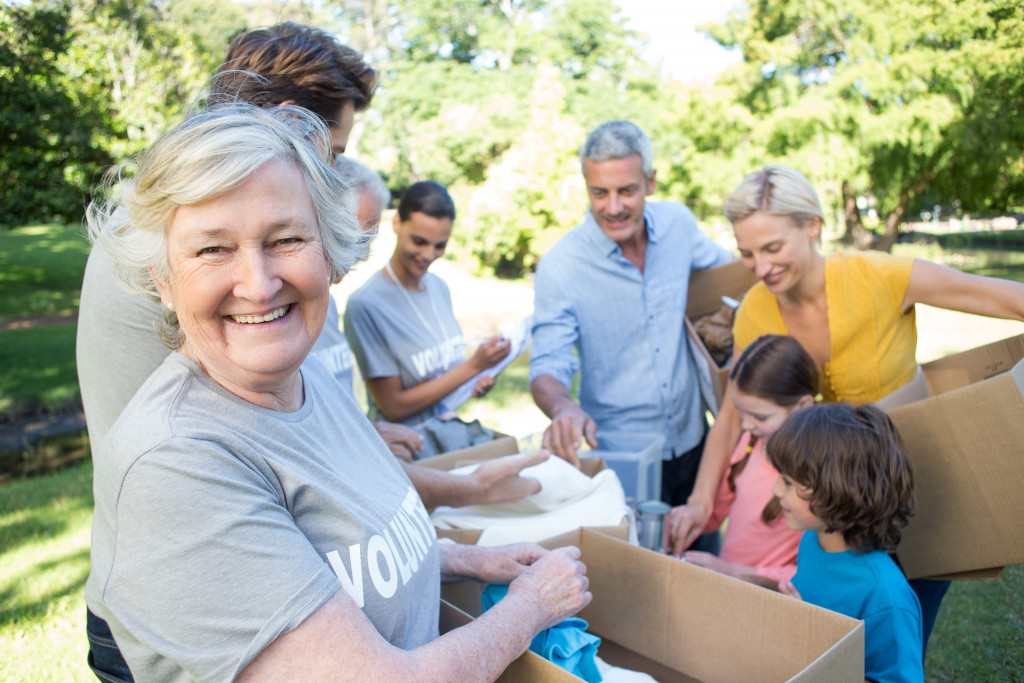- Collaboration between governments, institutions, and organizations is essential for building healthier communities.
- Farmer’s markets, gardens, and food pantries can improve nutritious food access.
- Physical activity and exercise are crucial for health outcomes, facilitated by seasonal sports and equipment.
- Social support networks should be established to promote resilience and mental health services.
- Regular community needs assessments should be conducted to ensure tailored wellness interventions.
Creating a healthier community requires the collaborative effort of individuals, organizations, and government institutions. As such, the role of all stakeholders in building community wellness must be considered.
Through a concerted effort, people can build stronger, healthier communities that promote physical, emotional, and social well-being together. This blog post explores key strategies communities can employ to empower wellness and achieve a healthier future together.

Collaborate with Local Governments and Institutions
To create healthier communities, it is essential to collaborate with local governments and institutions. Local governments play a critical role in creating healthy environments by implementing policies that promote wellness, such as building bike lanes and safe sidewalks.
Meet Community Needs
Working with community organizations to establish, maintain and manage community gardens and parks. Collaborating with local institutions such as schools, health centers, and community centers to offer health education, nutrition advice, and physical fitness programs. Developing partnerships with local businesses to ensure their products and services meet the community’s needs.
Collaborative Impact
By working together, people can collectively impact public health by focusing on physical activity, access to healthy foods, and environmental stewardship. Through collaboration, communities can take actionable steps toward creating healthier environments that promote mental and physical wellness. In doing so, people can create a brighter future for their communities.
Promote Access to Nutritious Foods
Access to healthy foods is key to community wellness, particularly in low-income areas. The lack of access to healthy foods is closely tied to numerous health conditions, such as obesity, heart disease, and diabetes.
Farmers’ Markets and Community Gardens
Promoting and supporting local farmers’ markets and community gardens to provide access to fresh, healthy foods. Initiatives like meal delivery services to low-income, aging, or ill residents who struggle to shop and prepare healthy meals. Partnering with local businesses and organizations to offer incentives for purchasing healthy foods.
Food Pantries
Working with food pantries to ensure they are stocked with nutritious options and offering cooking classes and nutrition education. These initiatives can help eliminate the barriers to accessing healthy foods and encourage healthier eating habits in communities.
Emphasize the Importance of Physical Activity and Exercise
Physical activity and exercise have numerous benefits for individuals, such as decreasing the risk of chronic illnesses, reducing blood pressure and anxiety, and improving sleep quality. Strong health programs promoting exercise and physical activity, Introducing seasonal sports, and providing exercise equipment can improve access to physical activity and support an active lifestyle among individuals.
Care for Oral Health
Oral health is an essential factor in everybody’s overall well-being. But many people may not have access to the necessary care and resources they need. By working with organizations like dental clinics, public health departments, and nonprofits that provide services like free or low-cost cleanings, fillings, and other treatments, community wellness initiatives can help ensure that participants get the dental care they need.
The community can also work with a reputable dentist who can provide reliable dental bridge treatment for community members. The treatment closes any gap between teeth and encourages anyone to smile when they meet others.
Assess the Community Needs Regularly
Collaborating with your community organization is an excellent way to identify the unique needs and challenges participants face, allowing them to build wellness interventions that are tailored to these challenges. Regular community needs assessment exercises help community organizations improve service delivery and address the root causes of the issues impacting the participants’ health.
Health and Well-Being
The assessment can include surveys, interviews, or focus group discussions that look at community participants’ health and well-being. These assessments provide valuable insight into how to best address the community’s needs and ensure they are receiving quality services.

Develop Strong Social Support Networks
Social support networks among individuals can help foster a sense of community and belonging, encouraging responsibility and resilience. Social isolation can lead to stress and loss of control, leading to poor health outcomes. Initiatives like community events, volunteer opportunities, and mentorship programs can contribute to developing social support networks for all community members.
Mental Health Services
Additionally, providing access to resources such as mental health services and support groups can further assist in creating a safe and supportive environment for individuals. Other initiatives like job fairs and financial literacy programs can also effectively promote social support networks. Organizations and communities can help promote physical and mental well-being by creating opportunities for individuals to connect.
Achieving wellness at the community level is crucial to improving the population’s overall health. By implementing community-driven wellness initiatives, governments, institutions, and organizations can build well-rounded approaches to community wellness, including improved access to healthy food, exercise programs, social support networks, and promoting healthy lifestyles. Empowering communities through multi-sectoral collaboration while establishing broad-based policy interventions can create the healthiest communities possible. Building a healthier future ‘together’ starts with collective action and commitment at the community level.




